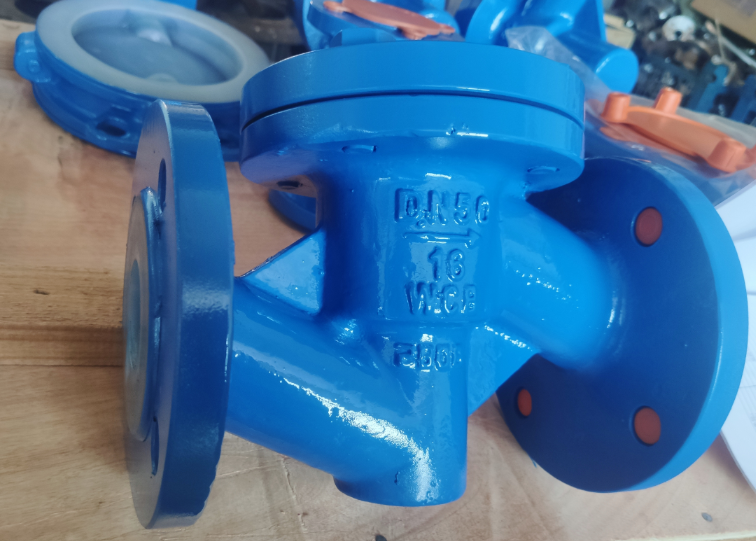Exploring Various Plumbing Connection Types for Your Home and Their Benefits
Different Types of Plumbing Connections
Plumbing is a vital part of any building's infrastructure, and understanding the different types of plumbing connections is essential for both homeowners and professionals. A plumbing system consists of various components designed to transport water, waste, and gas safely through a structure. The connections between these components are crucial for ensuring that the system functions properly. In this article, we will explore the different types of plumbing connections, their uses, and the materials involved.
1. Threaded Connections
Threaded connections are perhaps the most common type of plumbing connection. They are made by screwing together two fittings, typically made of metal or plastic. The threads on the pipes provide a tight connection that can be sealed using Teflon tape or joint compounds to prevent leaks. Threaded connections are often found in gas lines and water supply systems, and they are relatively easy to assemble and disassemble, making them convenient for repairs. However, they require careful attention during installation to ensure that the threads are not damaged or cross-threaded.
Soldered connections, also known as brazed connections, are primarily used with copper pipes. This method involves heating a filler material, usually a lead-free solder, to connect the copper pipes. When the solder melts, it flows into the joint, creating a strong bond as it cools down. Soldered connections provide a durable and reliable seal, but they require specialized tools and skills to perform correctly. Since the process involves high heat, it is essential to take safety precautions to avoid potential hazards.
3. Push-Fit Connections
different types of plumbing connections

Push-fit connections are a modern innovation in plumbing technology. These connections allow pipes to be joined together without the need for soldering or threading. The system works by inserting the pipe into a fitting, which is equipped with an internal O-ring that creates a watertight seal. Push-fit connections are incredibly convenient, as they can be installed quickly and easily by hand, without any special tools. They are particularly popular for DIY plumbing projects and in situations where space is limited.
4. Compression Connections
Compression connections consist of a compression nut and a ring (ferrule) that compresses onto the pipe when the nut is tightened. This type of connection is commonly used for joining metal and plastic pipes, providing a secure and leak-free seal. Compression fittings are ideal for situations where joints need to be disconnected and reconnected frequently, such as in faucet installations. Although they offer flexibility, it is important to ensure that the fitting is tightened properly to prevent leaks.
5. Flanged Connections
Flanged connections are often used in larger plumbing systems, such as those found in commercial buildings. A flange is a flat piece of metal or plastic that is attached to the end of the pipe, with bolts or screws securing it to another flange. This design allows for easy access for maintenance and repair, as the flanged connection can be removed without cutting the pipe. Flanged connections are commonly used in water treatment plants and HVAC systems, where the ability to service equipment is critical.
Conclusion
Understanding the various types of plumbing connections is essential for anyone involved in plumbing work or maintenance. Each connection type has its benefits and ideal applications, depending on the materials and specific needs of the plumbing system. Whether you are a homeowner looking to perform basic repairs or a professional plumber, knowledge of these connections will enhance your ability to effectively manage plumbing systems. Always remember to follow local codes and regulations when performing any plumbing work, as this ensures safety and compliance in your efforts.
-
Breakthrough in Domestic Low Temperature Valve Technology in ChinaNewsAug.18,2025
-
From Machinery to Intelligent Brain: The Digital Transformation Wave of the Valve IndustryNewsAug.18,2025
-
PCVEXPO 2025NewsAug.18,2025
-
The Key to Fluid Control: Exploring the Advantages of Ball Valves in Industrial SystemsNewsJul.09,2025
-
The Versatile World of 1, 2, and 3 Piece Ball ValvesNewsJul.09,2025
-
Stainless Steel Ball Valves: The Ideal Choice for Efficient Flow ControlNewsJul.09,2025
-
Optimizing Fluid Control with Ball Float ValvesNewsJul.09,2025




